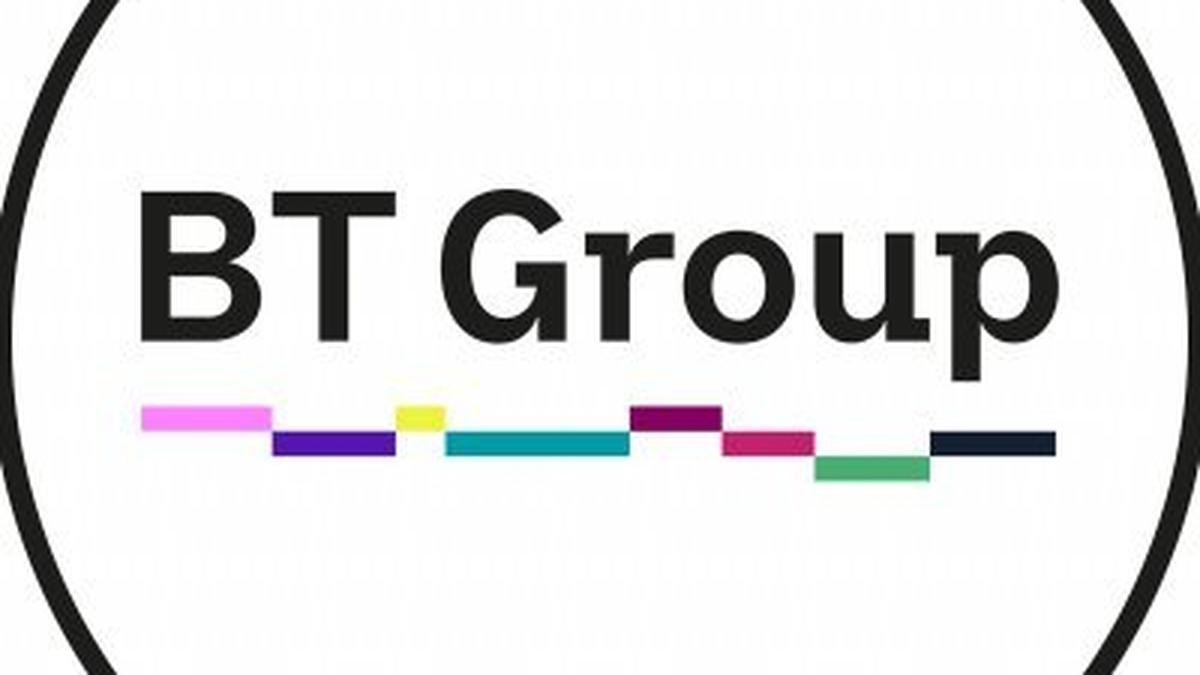A pharmacist arranges stocked medicines at a Jan Aushadhi Pharmacy in Tiruchi, Tamil Nadu.
| Photo Credit: M. SRINATH
The Economic Survey 2023-2024 highlights that the latest National Health Accounts (NHA) estimates show an increase in the share of Government Health Expenditure (GHE) in the total GDP as well as the share of GHE in Total Health Expenditure (THE).
The data compiled in the latest NHA estimates are for financial year 2019-20 (FY20).
The Survey tabled by Union Finance Minister Nirmala Sitharaman in Parliament on Monday points out that over the years, the share of primary healthcare expenditure has increased from 51.3% of GHE in FY15 to 55.9% of GHE in FY20. The share of primary and secondary care in GHE rose from 73.2% in FY15 to 85.5% in FY20.
On the other hand, the share of primary and secondary care in private health expenditure has declined from 83% to 73.7% during the same period, which the Survey attributes to rising tertiary disease burden and utilisation of government facilities for primary healthcare.
The Survey also notes a significant increase in the social security expenditure on health, which grew from 5.7% in FY15 to 9.3% in FY20. There was also a decline in out-of-pocket expenditure (OOPE) as a percentage of THE between FY15 and FY20.
Consequent to these developments, the Survey underscores improvements in key health indicators such as Infant Mortality Rate (IMR), declining from 39 per 1,000 live births in 2013 to 28 per 1,000 live births in 2020, and Maternal Mortality Rate (MMR) declining from 167 per lakh live births in 2014 to 97 per lakh live births in 2020.
It has further said that the Union government is working towards ensuring sound health and well-being of people of all ages through preventive and promotive healthcare. It listed out various schemes including Ayushman Bharat Pradhan Mantri Jan Aarogya Yojana (AB-PMJAY), PM Jan Aushadhi Kendras, AMRIT (Affordable Medicines and Reliable Implants for Treatment), etc. being brought in to help the public.









